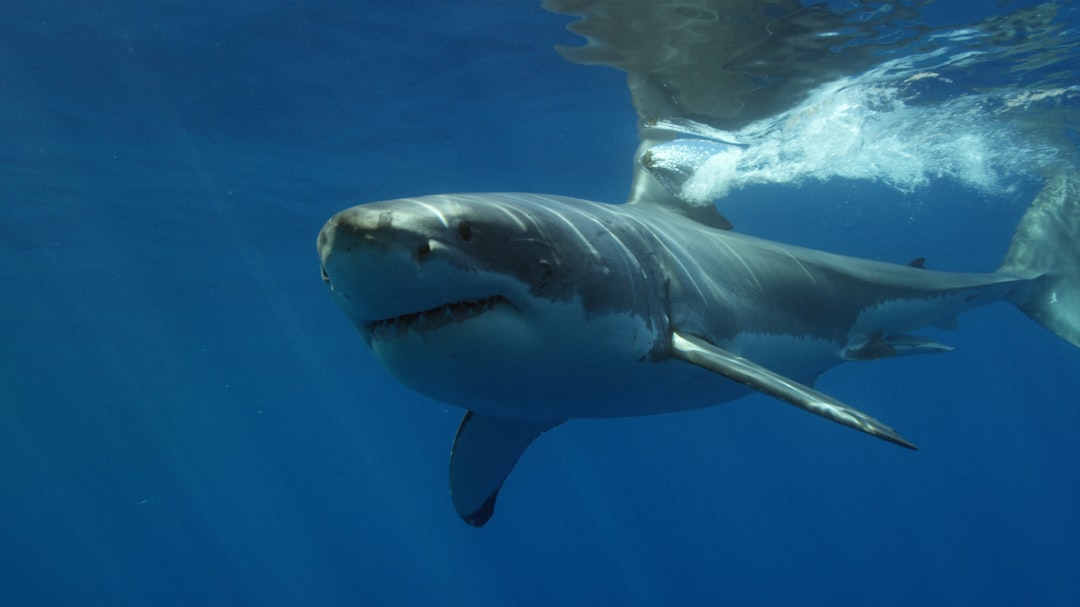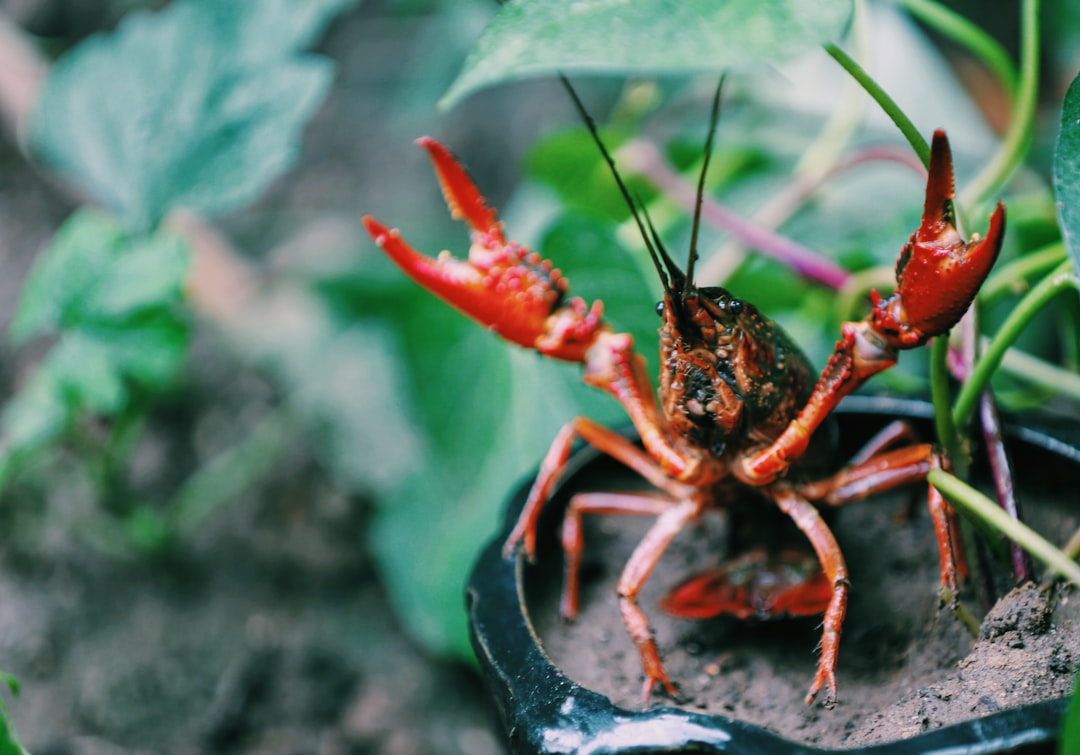What is it about?
Amphibians are ectothermic animals whose body temperature regulation depends on external sources. They are also one of the most threatened vertebrate groups worldwide having proportionally more declining species at higher latitudes. We explored the breeding behaviour of a threatened amphibian species, the natterjack toad (Epidalea calamita), at its northern range limit in Estonia, to find out the extent to which reproduction is affected by harsh and unstable climatic conditions. We found that the males of the natterjack toad exhibit remarkable plasticity in their reproductive behaviour at the northern range limit. Depending on the weather conditions of a year, the breeding season could be prolonged, abbreviated or even totally skipped. Such plasticity of reproductive behaviour increases the fitness of individuals in harsh and unstable climatic conditions at the northern range limit, ensuring the long-term sustainability of the population. Therefore, the geographical location of a population and the resulting differences has to be taken into account while developing conservation plans for threatened species.
Featured Image
Read the Original
This page is a summary of: Breeding behaviour of ectotherms at high latitudes: the case of the natterjack toad Epidalea calamita at its northern range limit, Behaviour, September 2021, Brill,
DOI: 10.1163/1568539x-bja10134.
You can read the full text:
Contributors
The following have contributed to this page










